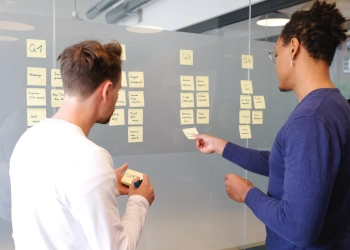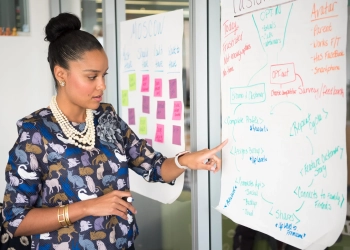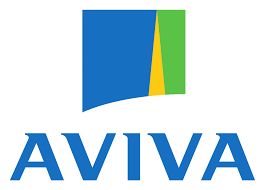A roundtable discussion is a collaborative format that encourages open dialogue, diverse perspectives, and equal participation.
Here’s how to plan and facilitate a successful session:
1. Define Your Goals and Topic
- Clarify the purpose of the discussion—what do you want to achieve?
- Select a topic that is relevant, timely, and likely to spark interest and debate among participants.
2. Choose the Right Format
- Decide if your roundtable will be in-person, virtual, or hybrid.
- For larger groups, consider breakout sessions or dividing participants into smaller tables to ensure everyone can contribute meaningfully.
3. Select a Skilled Facilitator
- Appoint a facilitator or moderator who is knowledgeable about the topic, respected by the group, and skilled at managing group dynamics.
- The facilitator’s role is to guide the conversation, keep it on track, and ensure all voices are heard—without dominating the discussion.
4. Prepare an Agenda and Questions
- Create a clear agenda outlining the main topics, goals, and time allocations.
- Prepare open-ended, thought-provoking questions to stimulate discussion and keep the conversation flowing.
- Share the agenda and any pre-reading materials with participants ahead of time.
5. Set Ground Rules and Foster Inclusion
- Establish guidelines for respectful dialogue, such as listening actively, not interrupting, and valuing all perspectives.
- Encourage participation from everyone—if someone is quiet, invite them to share; if someone dominates, gently steer the conversation to others.
- Set the tone for an open, inclusive environment where diverse viewpoints are welcomed.
6. Facilitate the Discussion
- Start with introductions and an icebreaker to build rapport.
- Use your prepared questions to guide the conversation, but be flexible and allow organic dialogue.
- Keep an eye on time and gently redirect if the discussion veers off-topic.
- Summarize key points throughout to ensure clarity and momentum.
7. Capture Insights and Next Steps
- Assign someone to take notes or record key takeaways, action items, and follow-up tasks.
- End with a summary of the main insights and outline any next steps or decisions.
- Thank participants for their contributions and encourage feedback on the session.
Pro Tips for Success:
- Understand your audience and tailor questions to their expertise and interests.
- Provide positive reinforcement and acknowledge insightful contributions.
- Use a variety of question types—open-ended, hypothetical, probing—to deepen the discussion.
- Consider using icebreakers or small group activities to boost engagement.
- For virtual roundtables, leverage breakout rooms and digital collaboration tools.
A well-run roundtable discussion not only generates valuable insights but also fosters a sense of community and shared purpose among participants. Plan thoughtfully, facilitate inclusively, and your roundtable will be a success!






















































